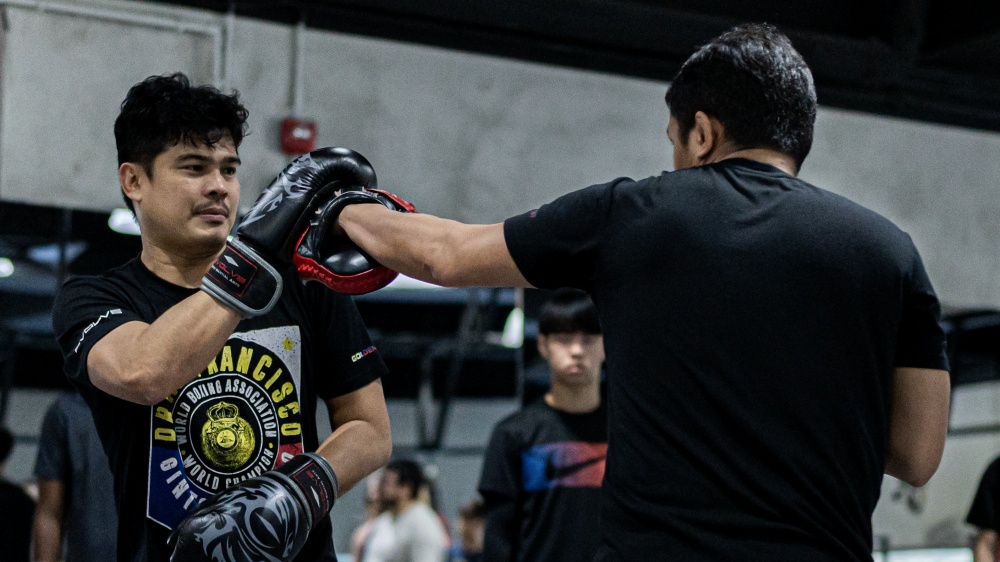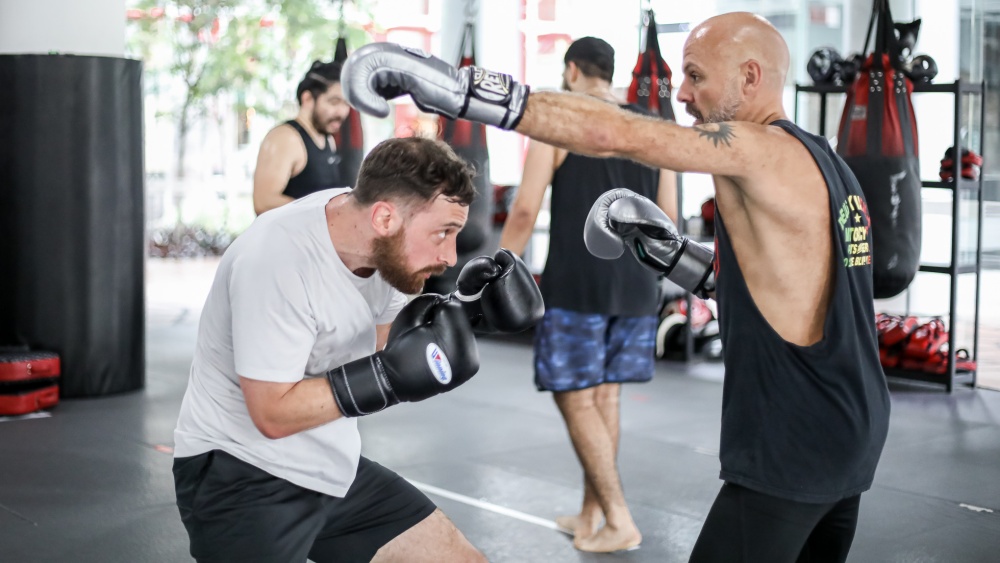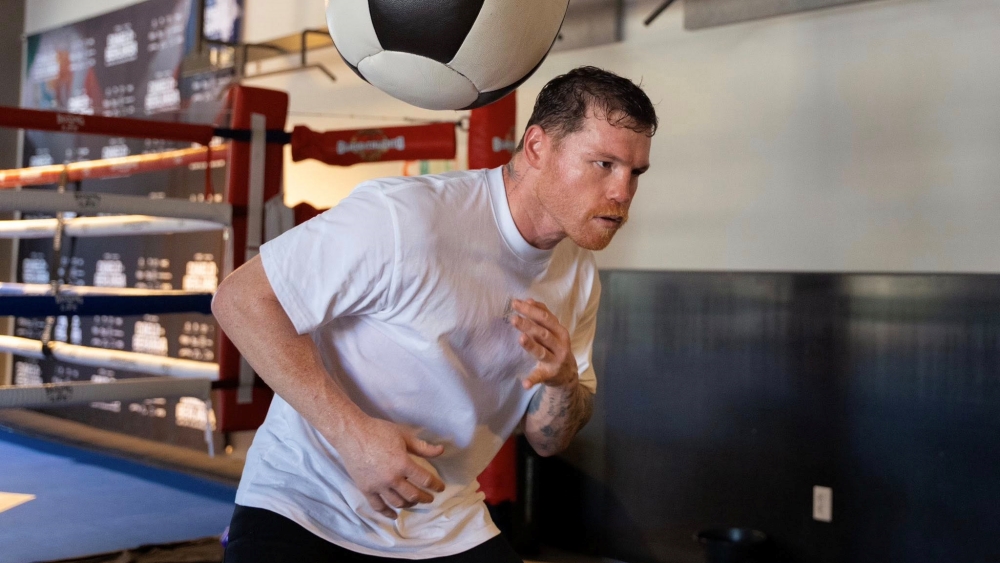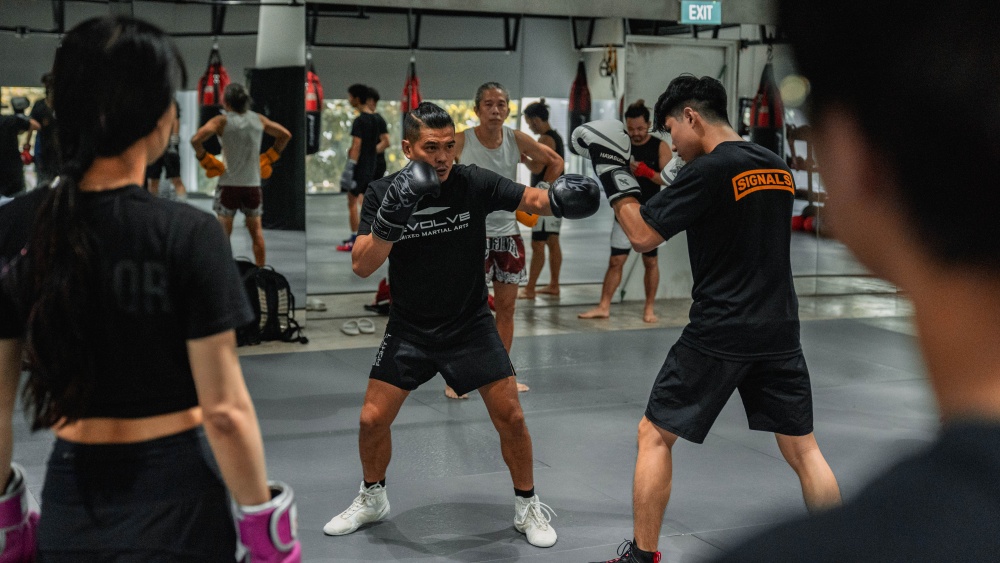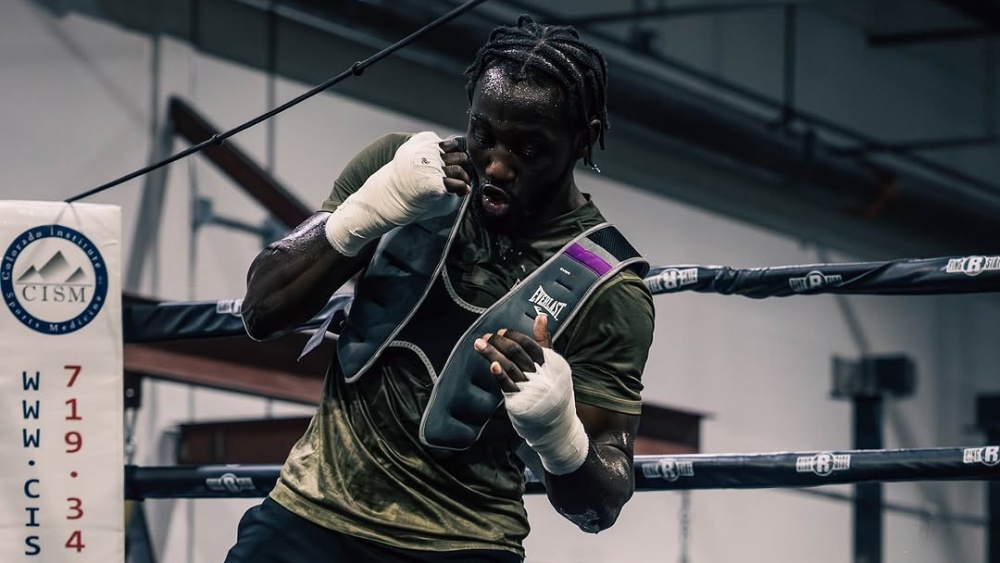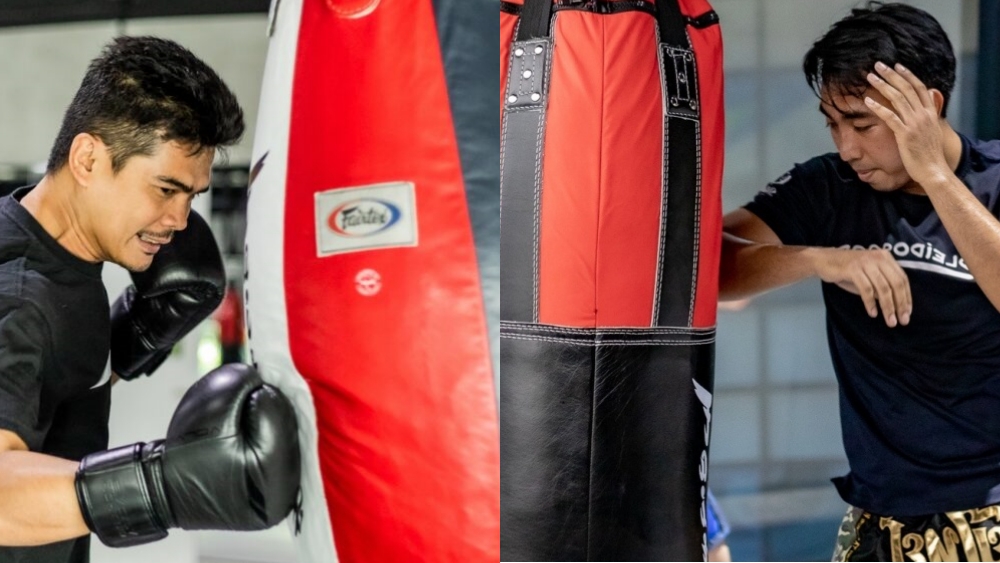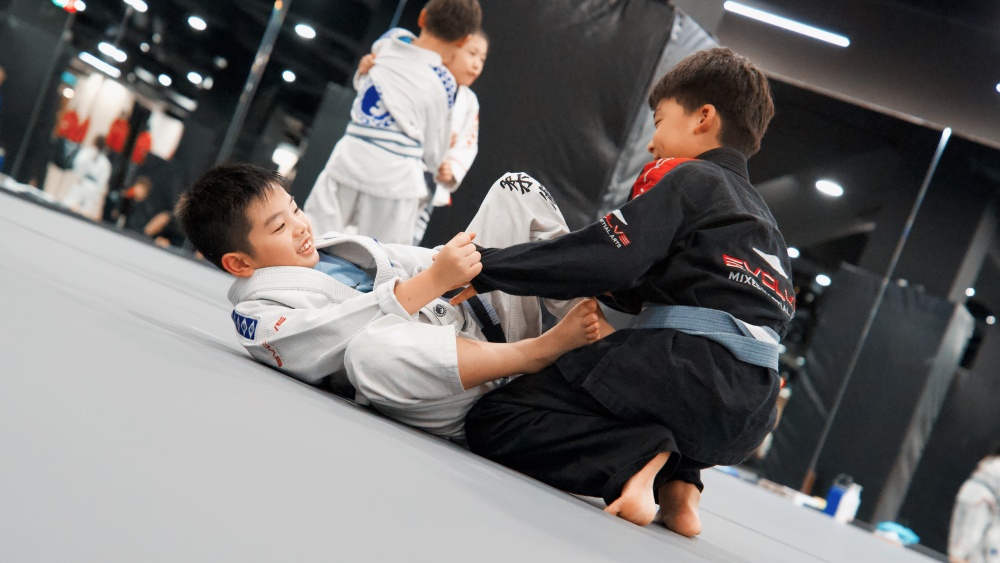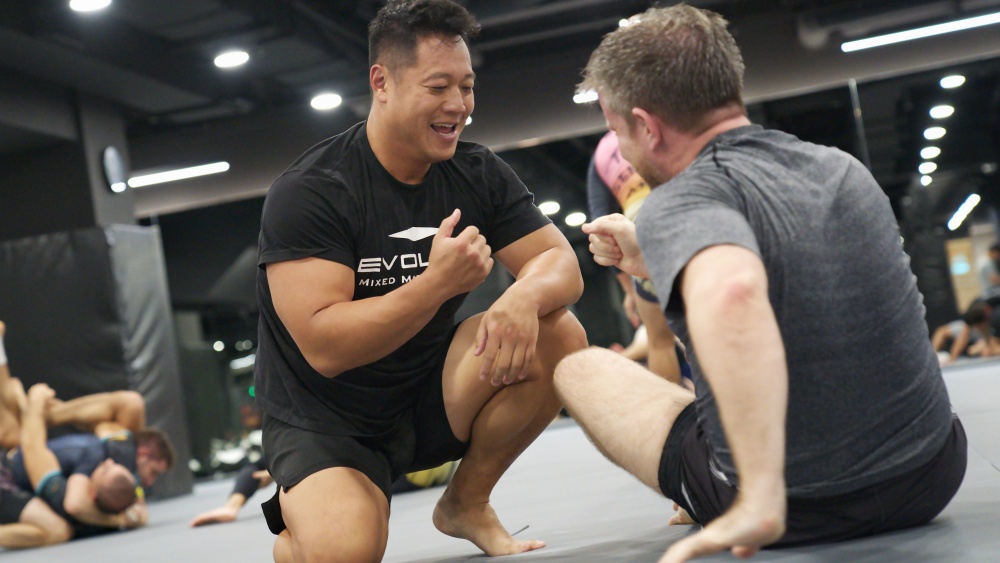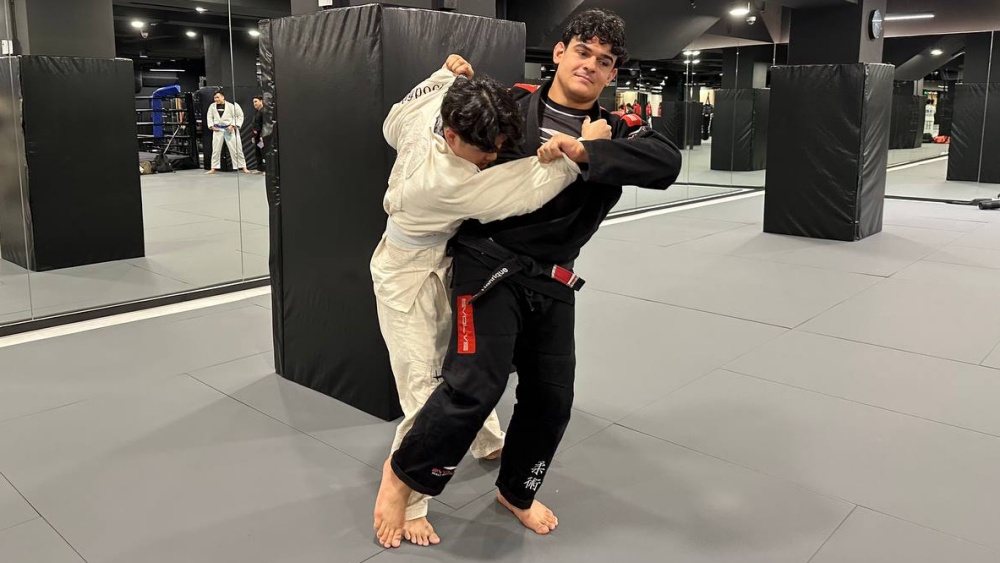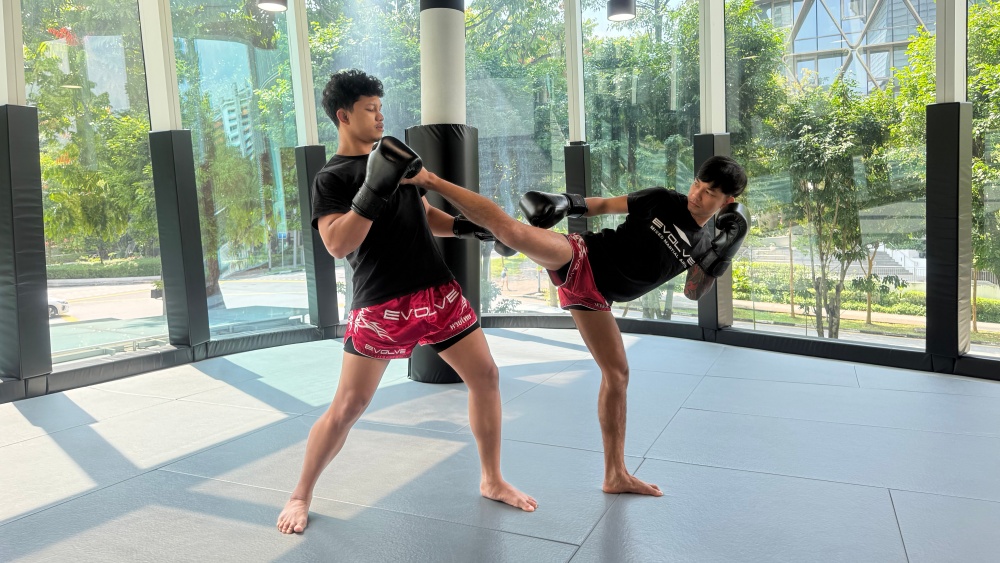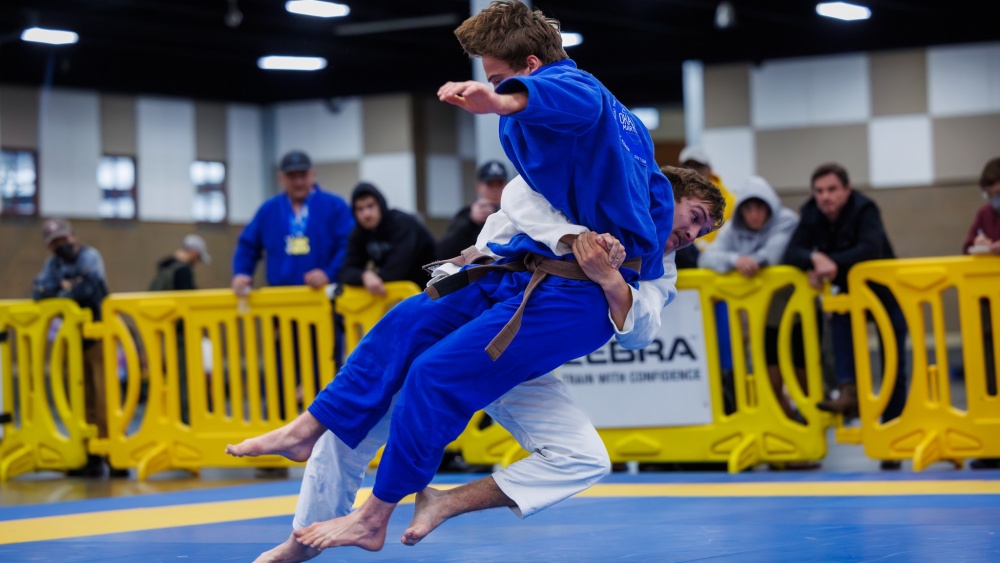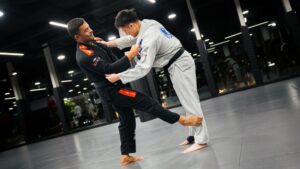Boxing is often perceived as an offensive sport where speed, power, and aggression dictate success. While true in certain aspects, at its highest levels, boxing is just as much about defense and control as it is about landing punches. A tremendous defensive fighter can dictate the pace of a fight and create openings for counterattacks. The parry is one of these defensive techniques that is effective yet underutilized. Today, we’ll discuss the parry and why you need to add it to your game.
The Defensive Side Of Boxing
Boxing is often seen as a battle of offense. The question is always: Who can land the cleaner, harder shots? But at the top level, defense is just as important. Fighters who master defense tend to have longer careers and control fights more effectively.
Parrying is one of the best ways to defend while staying in a good position to counterattack. It’s a low-risk, high-reward defensive move that keeps you in the fight while making your opponent work harder.
Defensive Finesse In Boxing
Small, deliberate movements are key to boxing success. When you parry a punch, you don’t need to move much; just a slight, precise redirection of the opponent’s strike is enough. This subtlety can throw off their rhythm and frustrate them, which makes them second-guess their attacks. A well-timed parry can also set up perfect counterpunches, making it an essential skill for counter-strikers and defensive specialists.
Beyond the technical aspect, parrying also has a psychological effect. When an opponent keeps having their punches slapped away or redirected, it disrupts their confidence and makes them hesitate. This hesitation can be the opening you need to take control of the fight.
Using The Parry In Boxing
Parrying is all about timing and positioning. Unlike blocking (which absorbs force head-on), parrying redirects the punch just enough to make it miss its target. There are several types of parries you can employ, all of which serve the same purpose — to deflect shots and put you immediately back into the game.
Reasons Why You Should Learn To Parry
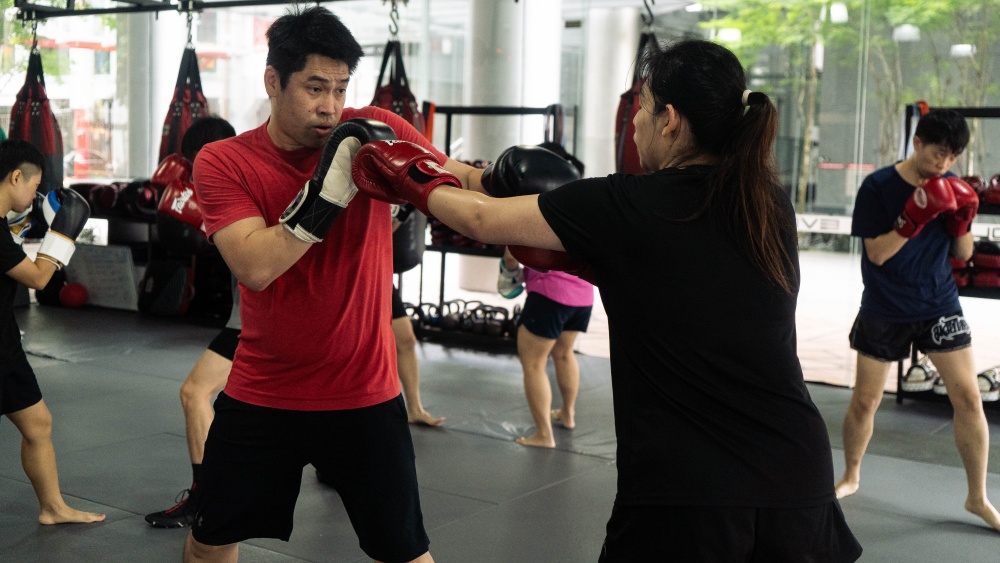
- An Energy-Efficient Technique: Blocking and slipping require a lot of effort over the course of a fight. Parrying, on the other hand, is minimal movement with maximum efficiency. A small redirection takes far less energy than absorbing a punch or slipping repeatedly.
- Keeps You In Range For Counters: Unlike slipping or rolling, which momentarily take you out of position, a parry keeps you right in front of your opponent, ready to counter immediately. Fighters like Juan Manuel Marquez and Floyd Mayweather have used parries to set up devastating countershots.
- Disrupts Your Opponent’s Rhythm: A good parry makes an opponent feel like they’re constantly being misdirected, which throws off their timing. This makes it harder for them to put together effective combinations and opens up opportunities for you to take control.
- Improves Defensive Reflexes: Parrying isn’t just about stopping punches. It’s about developing better reaction time. Training your parry improves your ability to read an opponent’s attack and react instantly, making you a sharper defensive fighter overall.
- It’s Great Against Fast Punchers: Fighting against a fast, high-volume puncher? Trying to slip or block every punch can be exhausting. Parrying lets you neutralize rapid punches without having to move much, making it one of the best tools against speed fighters.
- Sets Up Clean Body And Head Counters: Parrying naturally creates openings. Redirect a jab, and the cross becomes vulnerable. Parry a body shot, and their head is wide open for a counter hook. It’s one of the best ways to create counterpunching opportunities.
- It Reduces Damage Over Time: Blocking still absorbs impact. Over the course of a fight, repeated blocked punches take a toll on your arms and gloves. Parrying minimizes this damage, helping you stay fresher for longer.
- It Frustrates Opponents: A fighter who keeps getting their punches parried will start to hesitate. Hesitation leads to mistakes, and mistakes lead to openings. A well-timed parry makes your opponent feel like they are fighting a ghost. Every time they think they’ve landed, their punch is swatted away.
Technical Considerations & Safety Precautions
To parry effectively, you need good hand positioning and sharp reflexes. If your hands are too low, you’ll be vulnerable to feints. If you parry too early, the punch might still land. Timing is key, and it is something that only improves with consistent drilling.
Another important factor is not over-parrying. If you get too reliant on parrying, a smart opponent will feint to bait a reaction and land a real shot. The best approach is to mix parrying with other defensive techniques like slipping, blocking, and head movement.
Parrying is an excellent tool, but it should be one part of a complete defensive system. A fighter who only relies on parries can be baited into mistakes by feints or thrown off by looping punches. To stay safe, make sure to keep a balanced defense and head movement alongside your parries.
Conclusion
Parrying is one of the most effective yet underused defensive techniques in boxing. It allows you to redirect punches with minimal effort, set up counters, and disrupt an opponent’s rhythm. Regardless if you are an offensive or defensive fighter, mastering the parry will make you a more efficient striker.
If you haven’t already, start incorporating parrying drills into your training. Work on timing, reaction speed, and countering immediately after a successful parry. We are confident you’ll improve your boxing once you add this technique to your toolbox.
You may also like:
